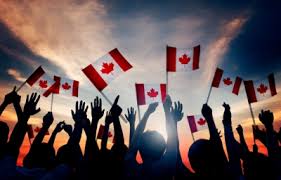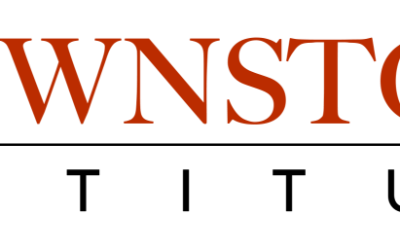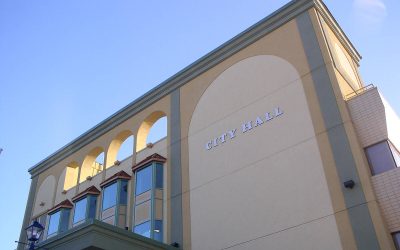Recently, there has been much discussion about immigration into Canada, particularly relating to refugees – both crossing from the USA, or those from Syria. It is important to note that every country has its own unique capacity to accept immigration – which is called the absorption rate. This is definitely not the ability of a country to assimilate people – but rather to allow these new groups to obtain jobs, find housing, obtain education – in short – build a life. In Canada we celebrate our diversity – and no one expects immigrants to give up their culture. For the most part, new comers work harder and are involved in less crime than native born Canadians.
Several countries are outstanding in their ability to accept and absorb new immigrants and refugees (not just temporary foreign workers) – Australia-where 27.7% of its population is foreign born, Canada, with 20%, New Zealand at 24% – and the USA at 14% (accepting by far the largest numbers of immigrants). It is worth noting that all of these countries are predominantly English speaking – with Germany being the highest ranking non-English speaking country – at 14.9%, however, this includes their guest workers, and those “Germans” who were repatriated after the collapse of the USSR. At the other end of the spectrum we see Japan at 1.1%, China at 0.1%, Nigeria at 0.7%, Mexico at 0.9% and Brazil at 0.9%. There are definitely limits on how many and how fast any country can accept newcomers.
Very few countries in the world, can come close to matching our generosity and openness to new comers.
There are two elements to the absorption equation. One is the accepting country – do they embrace diversity (which Canada clearly does), do they have settlement programs, and are they open to newcomers? With the exception of our rather regressive language policies (our fixation on our Official Language concept leaves us lagging in providing newcomers multi language programs), we do a very good job in all categories of helping new comers -spending billions every year on programs.
The other side of the absorption equation are the newcomers themselves. Those who can find their way easier, allow any country to accept more immigrants and refugees. There are some basic parameters that we use in Canada, such as having reasonable language skills, an education and training which are equivalent to ours, a good work or business background, adequate funds for settlement – and strong family connections in Canada. People who meet these standards successfully establish quickly. Selecting these immigrants and refugees has made us the envy of the world. It is when we deviate from this, that we create problems for ourselves, and our newcomers.
On the other side of the equation are those who don’t adapt well. There are two groups which have not fit in well. The first is Quebec Investors. This cohort is selected by Labelle Province – but only 10-20% of them live there. The largest portion migrate to Vancouver. This group generally has low language skills, and substantial connections, assets and business interests in their countries of origin. They tend to pay minimal income tax (as a group they pay less income tax than Live-in Caregivers), buy up properties, and spend most of their economic efforts outside of Canada. The Canadian passport is a passport of convenience for them. This is causing strain on BCs lower mainland – but sadly, the Quebec Government continues unabated with this program.
The second group of note are Government Assisted Refugees. Post 2002, Canada surrendered its right to select refugees partly based on their ability to become economically established. This has led to a situation where only 10% of the Syrian Government Assisted Refugees are working. By any standards, this is a huge problem, and will only lead to discontent among the Syrian population.
Both the Quebec Investor Program and our Refugee Programs should require applicants to demonstrate their adaptability. For Quebec Investors, there needs to be greater focus on ensuring that the investors settle in Quebec and pay income tax. If Quebec cannot find a way to do this – then their agreement with the Fed. Gov’t. must be renegotiated. Quebec has the right to select their own immigrants – but does not have the constitutional rights to select BC’s immigrants. It is time to stand up and let them know this.
The refugees we selected prior to 2002 have established themselves remarkably well in Canada. The change of policy to dispense with any measure on who can become economically established has put pressure on our system. There are currently 65 million refugees in the world today – and annually we select 20-40,000. Isn’t it better to select refugees who can adapt more easily – than ones who don’t? In this way, we can continue to maintain our programs – rather than hear the rising voices of those wanting to limit their numbers. The current refugee selection process is NOT sustainable – and will lead to an increasing outcry by Canadians.
Canadians should be proud of our role in accepting large amounts of immigrants and refugees every year. Our success should not blind us from what we are not doing well. We need to protect our openness – and not fall victim to the noise of nationalism. But to do so requires Canada to select immigrants and refugees who will do well – something that is not too much to expect from our Governments. Almost all Canadians are proud of our diversity, our inclusiveness, and our acceptance of a multicultural society. Almost every day, as I interact with people, I marvel at our amazing country where people from around the world live in peace and harmony.
By no longer selecting immigrants and refugees who adapt well, can and will lead to problems down the road.



